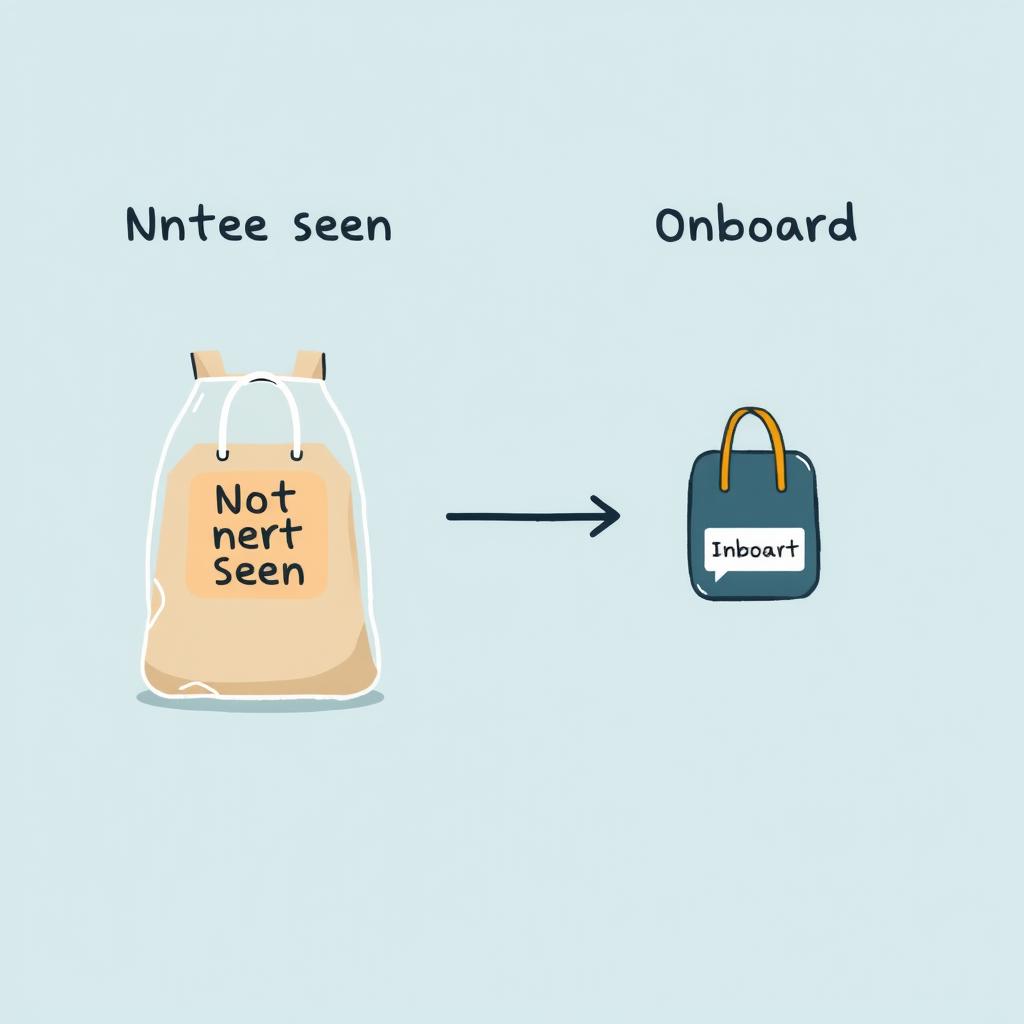Beyond the general rules, there are specific message and handling requirements for each type of baggage event. These include exactly which messages must be sent and when. Key examples include:
- Baggage Source Message (BSM): This must be sent immediately when a bag is accepted at check-in or a self bag-drop. The BSM contains the bag’s license plate number, passenger name, flight details, routing, and weight. It essentially tells the airport system, “We have this bag for flight XYZ.” Every checked bag should generate a BSM so it enters the baggage system’s database.
- Baggage Manifest Message (BMM): Before the flight departs, the airline sends a BMM (sometimes called a Bag Load Manifest) to the departure airport. This message lists the license plate numbers of all bags loaded on that flight. The airport baggage control system compares the BMM against the bags on the tarmac as a final check. Sending a correct BMM is required so the system knows precisely which bags were boarded.
- Baggage Processed Message (BPM): Some carriers use a BPM to indicate that a bag has been processed for loading. This can be at gate loading or at transfer. A BPM typically comes after a bag is scanned at the gate to confirm it went on board.
- Baggage Not Seen (BNS): If a bag was expected on a flight (a BSM was sent) but did not get loaded by departure time, the system must generate a BNS. This tells the airline and airport that “Bag #XXXXXXXXX did not make the flight.” It usually triggers search procedures to locate the bag and load it onto a later flight.
- Baggage Unload Message (BUM): If a bag was loaded on the aircraft and then removed (for example, during irregular operations), a BUM is sent to record the offload. It includes the license plate of the offloaded bag, the flight, and the time.
- Baggage Transfer Message (BTM): When a bag goes from one carrier to another (codeshare or interline transfer), a BTM updates the destination airline’s system with the bag’s data. (This is used in some interline processes.)

These message types are standardized by IATA (see IATA RP 1745 for details). Each message always includes the bag’s 10-digit license plate, and usually the airline code, airport codes, flight number, timestamp, and other data fields. For example, a BSM might include: license plate, date, time, from/to airports, flight number, passenger name, and a tag for special handling.
By having these specific messages, the baggage handling system remains synchronized. For instance, the BSM+ BMM combination means the system knows both that a bag was checked in and that it was loaded on board. The BNS and BUM messages handle exceptions. In this way, every key event in the baggage journey generates a specific message that downstream systems (other carriers, next airports, claim office) can use to make decisions. This exact messaging protocol reduces errors – all parties know exactly what happened to each bag.
Note: The technical format of these messages can be the old EDIFACT (type B) or the new XML/JSON format (see next article). In either case, the content (which fields and codes to include) is defined by IATA so that any compliant system can read the messages.


